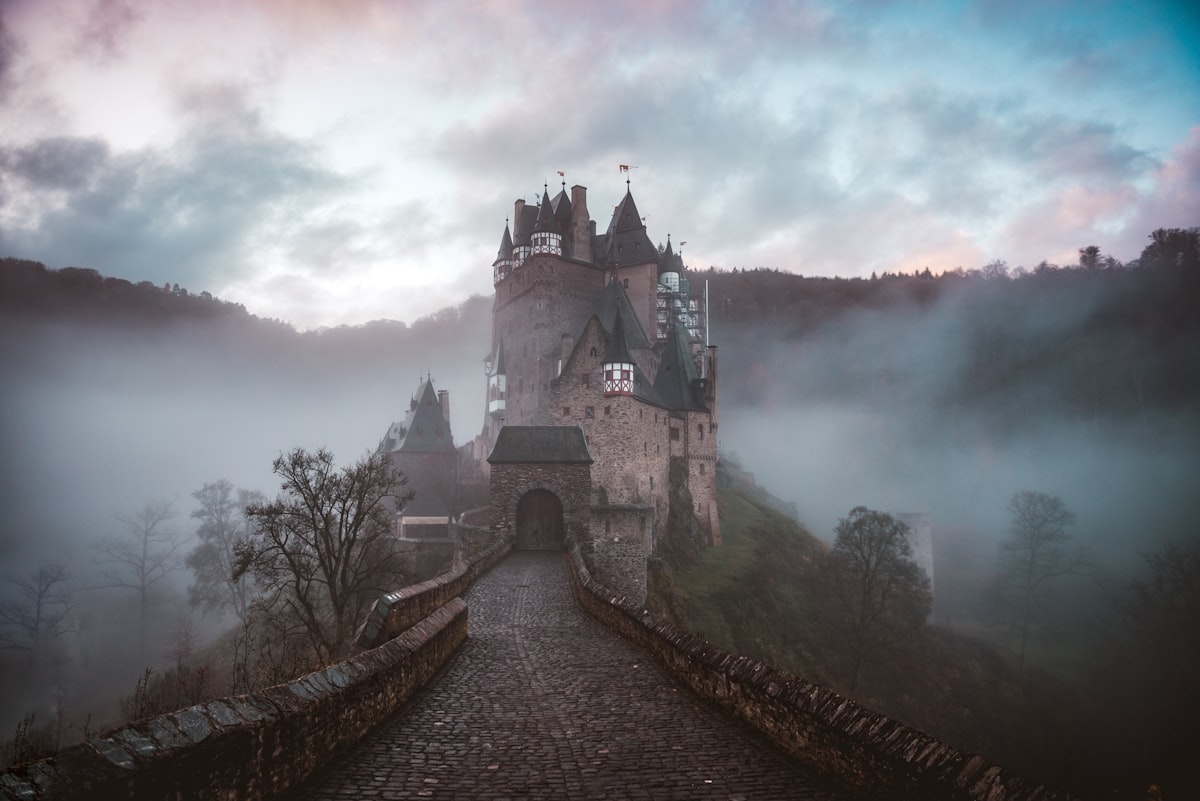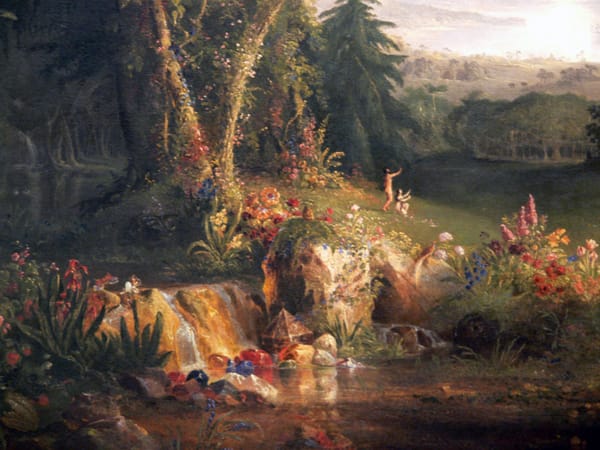Journey Scenes, Not Rules
We don't ask dungeon crawling procedures to do the heavy lifting for creativity, so why should journeys?

I'm reading The Silt Verses RPG, and want to discuss the procedure for travel in that game, and see how it might inform travel in other games. Travel rules are an oft discussed topic, and I don't believe they have ever been 'cracked.' Unlike dungeon maps and keys, or locations and clues for mystery/investigations, the humble journey has long eluded consensus agreement on how best to structure or run it. Surely, with just the right journey rules, your next session of plodding from one site of adventure to another would be electrifying?
Sadly, I think there is a fundamental misconception. No dungeon is fundamentally engaging due to its procedures of moving between 10ft rooms and tracking torches and rolling for random encounters. This is but the interstitial fluid of adventure: the genesis of fun comes from informative and interactive keying (room contents). Likewise a mystery scenario lives or dies on the intrigue of the central premise, the quality of characterisation, and surprising clues. The procedures of rolling (or not) to detect clues, and GM prep tools like 'landmark/hidden/secret' or the '3 clue rule' are the thoroughly unsexy gristle to hold it all together.
In Silt Verses, you may have up to three assignments (missions/adventures) active at once, but they are always geographically separated, so to switch between them you must travel. The Journey procedures aim:
To memorialize the geographical transition between Assignments,
To paint a picture of the world via Journey Scenes,
To show the Custodians being vulnerable with one another and learning more about their past (mechanically, this leads to the clearing of Conditions and the uncovering of Clues that can be used in the upcoming Assignment).
A point of interest in a journey (referred to as scene) is a prepared piece of game content like the keys for a classic dungeon map. Beyond general texture like place names and sensory details, it is composed of (each with checkbox to track when previously used):
Paint the Scene: List of prompts to ask leading questions of players to engage with collaborative world building of the immediate scene.
Recall a Time: List of prompts to ask leading questions of players to relay or create fiction about prior events, relayed through introspection or conversation.
Moments: List of odd happenings that may invite interaction or else just further build mise-en-scène.
This reminded me of the 13th Age travel montages, which have been brought up several times on the lovely What Would the Smart Party Do podcast. They are summarised on the publisher's website thusly:
Start with a player who is comfortable improvising, and ask them to describe a problem that the party faces as they travel or undertake an activity, without offering a solution.
Turn to the player to the left of the starting player, and ask them how their PC does something clever or awesome to solve the problem. After they narrate a solution, ask that same player to describe the next obstacle that the group must deal with.
The next player clockwise gets to solve the new problem, then offer up a new obstacle.
Keep going around the table until everyone has both invented, and solved, a problem.
Both of these procedures are quite workable, though interestingly Silt Verses is actually much closer to a classic or traditional play style with prepared content for each location, compared to 13th Age's more improvisational and storygaming approach.
What's in back of all this? These methods are going to give you far more bang for your back selling the experience of travel, of making the journey playable, than any system I have read about packing rations and counting miles/hexes per day. You wouldn't expect a mapped but unkeyed and functionally empty dungeon to be fun to traverse, so why would a hex map with only blotches of green forest and grey swamp be any better?
I think adventure games could do well to utilise the existing tech of maps and keys in the overworld (whether done as points and lines, hexes, or regions) informed by the approaches above, to help connect the scenes together and act as creative force multipliers.
It's not magic beans: you need to put the graft in up front and prep some content. But even terse map keys of roadside shrines, defaced statues, or hollowed-out tree stumps can be easily stitched together and enriched with Paint the Scene, Recall a Time, Moments or Montages to hide the seams. Trophy is also well worth a look for inspiration on how to prep fairly terse but evocative and playable locales.
No one fondly recalls that hike they took years back because they packed a sensible number of rations, or arrived at the destination a bit ahead or behind of schedule. They recall stopping by a watering hole and taking a dip like they last did as a child while their mum was still alive, or looking out atop a cliff and spying the peak of the roof of their house near the horizon and realising they might never go home.




